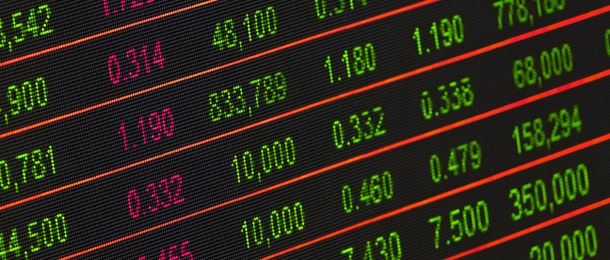Self-directed investors turned to the share market in greater numbers during and after the 2020 COVID-19 market downturn to find new opportunities and avoid missing out on the recovery, according to an online share-trading provider.
Ausiex chief executive Eric Blewitt said 2020 was a pivotal year for online share trading and “COVID-19 gave people more personal time and this accelerated the adoption of online trading by five to 10 years”.
Blewitt said the number of retail online share-trading investors in Australia was increasing and more than 2 million of Australia’s 9 million share investors began investing in the past two years alone.
He noted this increase was reflected in the growth of self-directed investors, which rose in number by 50 per cent from 650,000 to 1.25 million in 2020, driven by the rapid decline and rise of share markets due to COVID-19.
“There is a number of factors in the growth, including the initial fall in the market early last year and people seeing opportunity in the market, and that, combined with a relatively fast recovery in the domestic equity markets, drove interest,” he said during a recent media briefing.
“People suddenly had fear of missing out on the increase and, at the time, would have had more time to research and to trade due to lockdown and people working from home.
“There was also heightened mass media focus on what markets were doing and correspondingly more interest was being generated.”
He said the investment patterns indicated investors were looking for alternatives in an environment of low interest rates and this included income or capital growth dependent on the age of the investor, and many investors sought these alternatives outside ASX 200 stocks.
“Pre-COVID, about 60 per cent of self-directed investors traded stocks outside the ASX 200, whereas during the lockdown period it was close to 80 per cent and investors either had a far greater risk appetite for those smaller companies or were looking for new opportunities,” he said.
Ausiex head of product and distribution Andy Stewart noted self-directed investors increased their use of exchange-traded funds (ETF), which more than doubled as a result of the market movements in 2020.
“If we go back to 2017, about 12 per cent of all trading accounts traded ETFs, but if you fast forward to the post-2020 lockdown, that figure has grown to 30 per cent of all accounts are now trading ETFs,” Stewart said.
He said this growth was driven by new product providers entering the market, but also by investors seeking access to international shares through vehicles they can trade on the Australian share market.
Investors were also using ETFs for thematic investments, such as exposure to the Asian market or technology sectors, and funds operating in those markets moved into the top five ETFs by usage in the past year, he said.
Blewitt said these shifts indicated self-directed investors would remain a sizeable group in the direct share-trading space even if numbers drop from the highs of 2020.
“We’ve got a significant increase in the number of investors with education, understanding and research and expect self-directed investors to take advantage of their early learnings from the market,” he said.
“For self-directed investors it will be essential to do the right research to gain a good understanding of the markets, the stocks and the assets that they’re actually investing in.”
''

